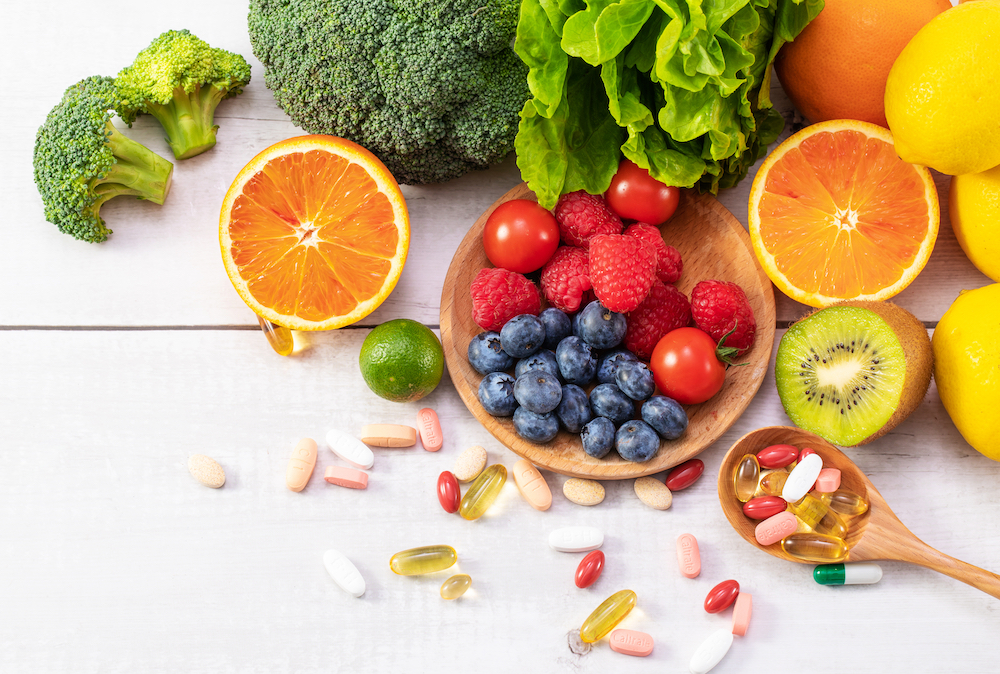Join our free meeting
THE WHAT, WHY AND HOW OF THE MRB MODEL
The What, Why and How of the MRB model: The best risk management solution for micronutrients in food supplements’
IN SHORT
Introduction to ANH Europe and the ANH Europe team
Expert Speakers:
Jaap Hanekamp, PhD: Associate Professor of Chemistry of the University College Roosevelt, Middelburg, The Netherlands
Robert Verkerk, PhD: Founder, Executive & Scientific Director of the Alliance for Natural Health International; Board Member, ANH Europe
Tuesday 11th October 2022 at 3:30pm CET
Day(s)
:
Hour(s)
:
Minute(s)
:
Second(s)
WHAT IS THE ALLIANCE FOR NATURAL HEALTH EUROPE?
The Alliance for Natural Health (ANH) Europe is the newly established European, Netherlands-based representative of the ANH International, an internationally active, non-profit organisation founded in 2002 that seeks to protect and promote natural, regenerative and sustainable approaches to health and care.
We support approaches to self-care and health care that work with, rather than against, nature.
Members of our alliance include health professionals, scientists, lawyers, natural product companies and members of the public.


WHAT IS AT THIS MOMENT OUR MAIN CONCERN?
One of our primary concerns is the negative effects of the proposed European harmonisation of the maximum permitted levels (MPLs) of vitamins and minerals in food supplements. If we don’t intervene imminently, the proposed new rules, that have been at various stages of proposal for 20 years, will be based on risk assessment models that focus only on the possible risk of the micronutrients. They will totally ignore benefits, these often requiring dosages that are in excess of those that, for a different form of micronutrient, may induce a mild or transient risk to the most susceptible population. The models currently under consideration by European regulators continue to be flawed and, if generally accepted, will lead to disastrously low maximum levels and the inability for the public to use therapeutically useful amounts.
HOW WILL PROPOSED MAXIMUM LEVELS AFFECT PUBLIC HEALTH?
The decreasing nutritional quality of the average diet along with the increasing exposure to toxins make the role of nutrition, including use of supplements, of paramount importance in healthcare. Health promotion through high quality nutrition is one of the most well established, effective and economic approaches that addresses the growing incidence of degenerative diseases like heart disease, cancer, diabetes, obesity, osteoporosis, and dementia. These diseases and conditions currently contribute to the greatest burdens on health systems and they are preventable.
An EU-wide ban on high dose vitamins and minerals will have the effect of making it much more difficult for anyone concerned about their health and diet to supplement with concentrated forms of relevant micronutrients. The supplements that will be impacted most have generally been widely available and safely consumed in various European markets for decades.


HOW WILL HARMONISED MAXIMUM LEVELS IMPACT THE FOOD SUPPLEMENTS SECTOR?
Many of the most effective vitamin and mineral food supplements and functional foods will effectively be banned from EU markets. Manufacturers will be forced to lower the amounts of vitamins and minerals in their products and reformulate their key products, generally making them less effective. Multi-ingredient products will be impacted the most, these also often delivering the best nutritional synergy. The cost to reformulate tried and tested products to comply to the new standards is enormous. Such restrictions will interfere with innovation and will deprive consumers of choice and the best food supplements now available.
IS THERE A WAY OUT?
Over the last decade, the ANH has been at the forefront of advocating for the use of assessment models that take into account both risks and benefits. With the help of collaborations with TNO and the University College Roosevelt in The Netherlands, ANH has developed a scientifically valid micronutrient assessment model that takes into account not only the risks but also the benefits of the micronutrients, in their relevant forms. The new, open source model is called the Micronutrient Risk Benefit (MRB) Model.
The MRB model stands in sharp contrast with the risk-based models used previously and we believe it represents our best opportunity to ensure science-based levels by regulators do not unnecessarily limit dosages of micronutrients in food supplements and functional foods in Europe.


Our foremost purpose is to ensure that the model is recognised as the most progressive and latest approach to risk-benefit assessment for determination of MPLs so that other methodologies are not used to unnecessarily to unjustly limit vitamins and minerals in food supplements and functional foods in the EU. This model offers the opportunity to maintain acceptable and effective levels of micronutrients in both food supplements and functional foods.
DO YOU WANT TO LEARN MORE ABOUT THE MRB MODEL, THEN SIGN IN FOR THIS WEBINAR
